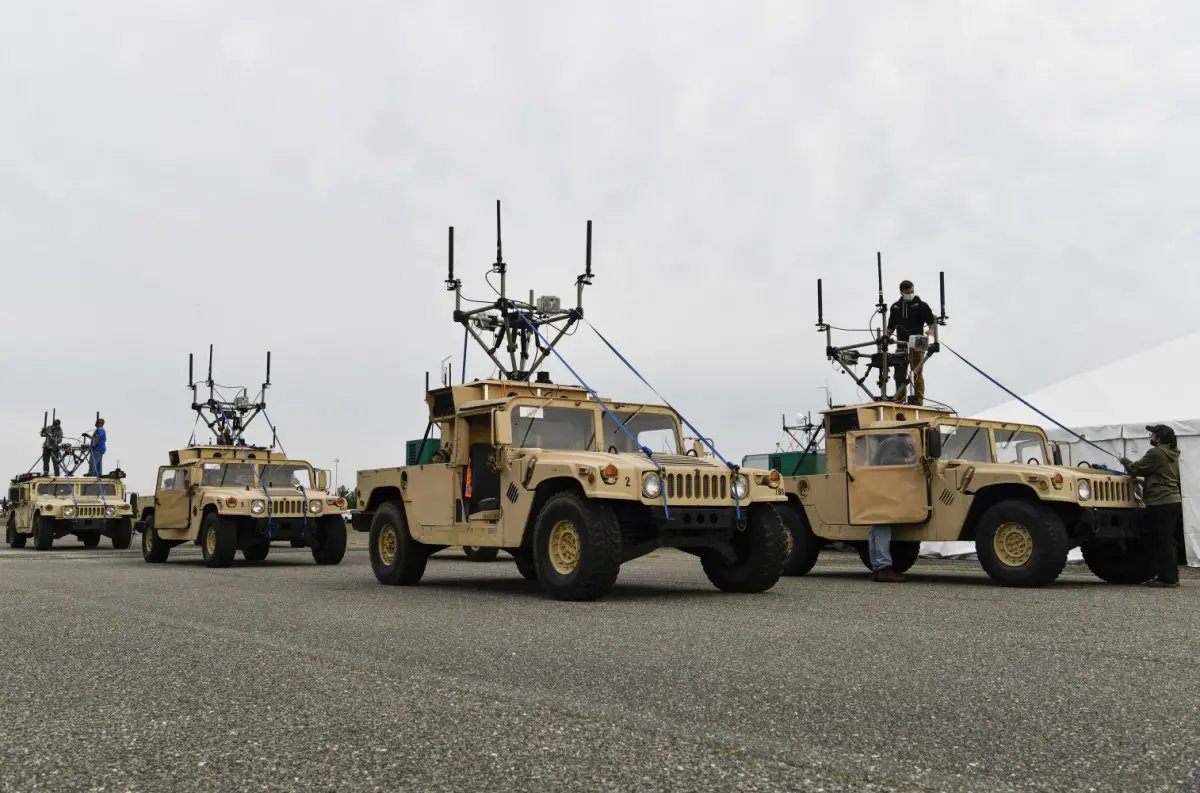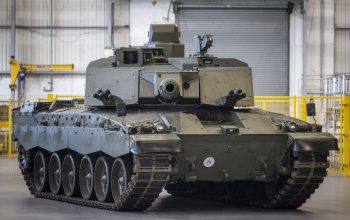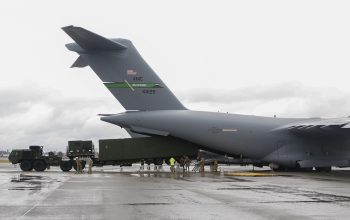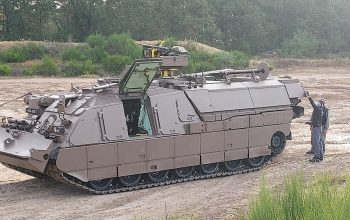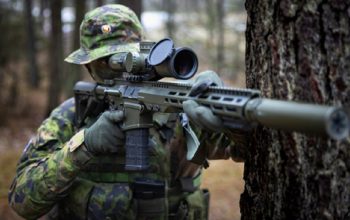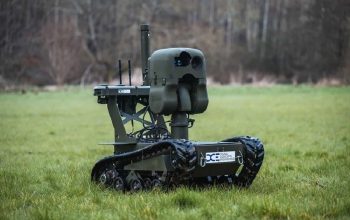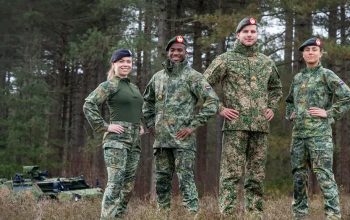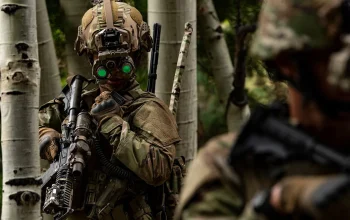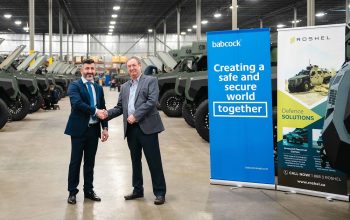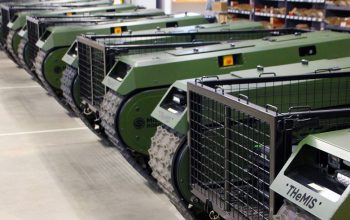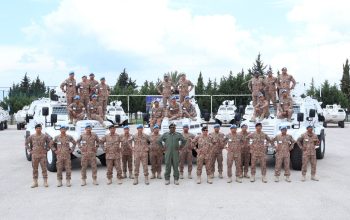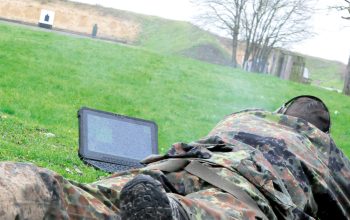The U.S. Army engineers evaluated methods to improve the radio performance of Robotic Combat Vehicles (RCVs) during a field-based experiment. The experiment focused on protected communications for tele-operating robotic combat vehicles under the Next Generation Combat Vehicles Cross-Functional Team’s (NGCV CFT) Manned-Unmanned Teaming (MUM-T) effort, which combines Soldiers, manned and unmanned air and ground vehicles, robotics and sensors to increase situational understanding, lethality and resiliency.
Radios will play a key component in the Optionally-Manned Fighting Vehicle’s ability to remotely control and maneuver RCVs in urban environments and varied terrain, noted Archie Kujawski, a network architect with the Command, Control, Communications, Computers, Cyber, Intelligence, Surveillance and Reconnaissance (C5ISR) Center – a component of Army Futures Command’s Combat Capabilities Development Command (DEVCOM). Additionally, they explored system enhancements that increased signal strength and electronic protection.

The U.S. Army’s network currently uses multiple-input, multiple-output (MIMO) radios as a mid-tier transport to enable command post dispersion and to share common-operation-picture data with mobile maneuver forces. C5ISR Center engineers were able to simulate this setup by placing the technologies in a “highly dynamic, mobile environment.” The effort is a continuation in a series of experiments conducted by the NGCV CFT and DEVCOM’s Ground Vehicle Systems Center (GVSC), to assess the effectiveness of RCV platforms at the platoon level and higher.
MUM-T modernizes the Army’s current fleet of vehicles to include the ability to control unmanned RCVs. The capability will positively impact Army survivability, providing Soldiers standoff to reduce the risk of casualties, allowing maneuver commanders the time and space to make critical decisions and potentially increasing the number and diversity of multi-mission payloads employed on the battlefield, said Lt. Col. Christopher Orlowski, product manager for Robotic Combat Vehicles under PEO GCS.
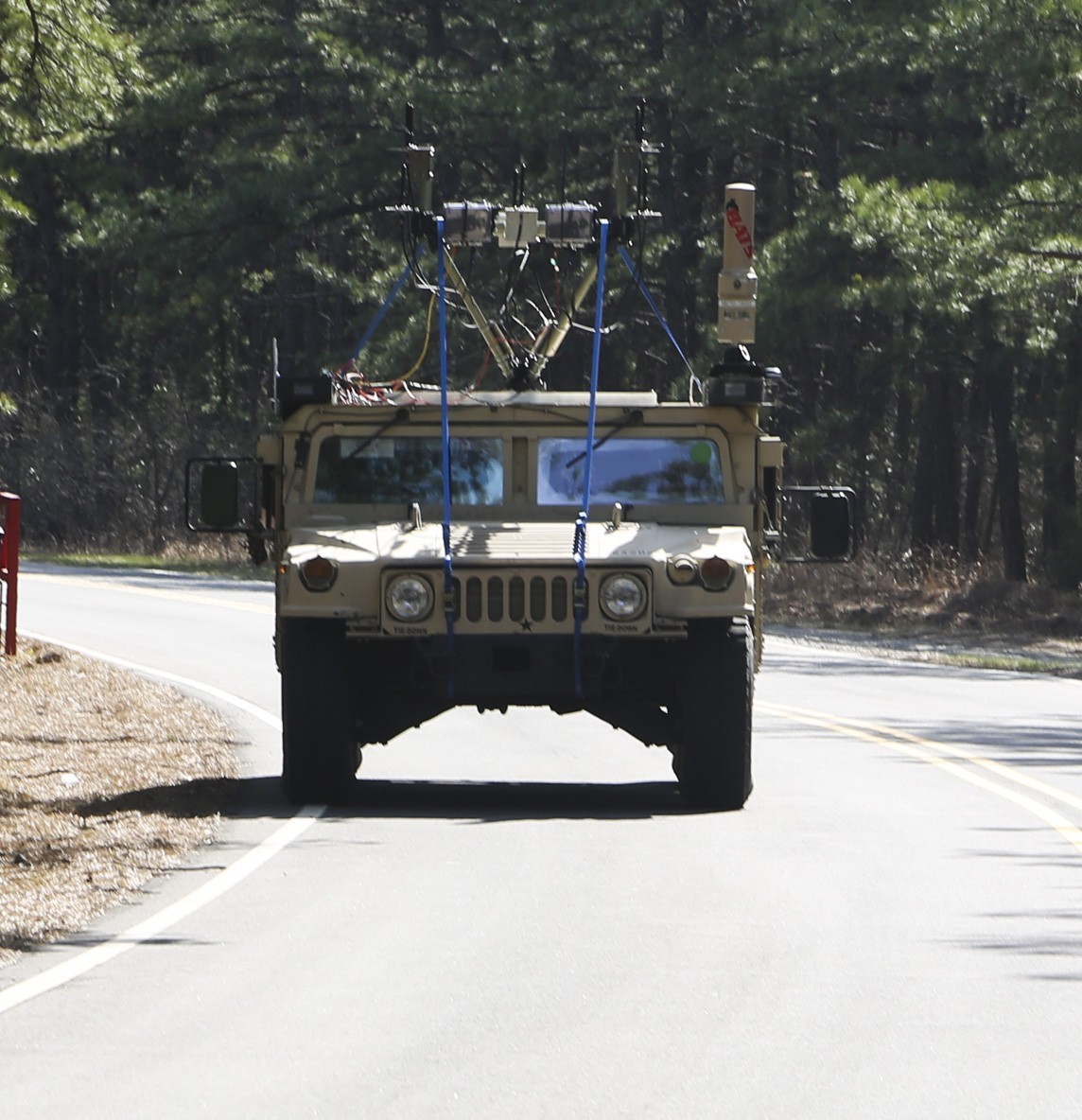
C5ISR Center resources have played a key role in helping the NGCV CFT develop a communication backbone to control RCVs that is “secure, reliable and resilient while able to support operations at relevant distances in the future environment,” said Col. Warren Sponsler, NGCV CFT’s chief of staff. As a follow-on to the experiment, C5ISR Center engineers are working to integrate the radios tested onto vehicles in preparation for a safety release later this year in support of the SOE II event. Lessons learned from the experiment will also help support execution for Project Convergence 21.
The C5ISR Center is an element of the U.S. Army Combat Capabilities Development Command (DEVCOM). Through collaboration across the command’s core technical competencies, DEVCOM leads in the discovery, development and delivery of the technology-based capabilities required to make Soldiers more lethal to win wars and come home safely. DEVCOM is a major subordinate command of the U.S. Army Futures Command. the center develops and matures capabilities that support all six Army modernization priorities, enabling information dominance and tactical overmatch.
